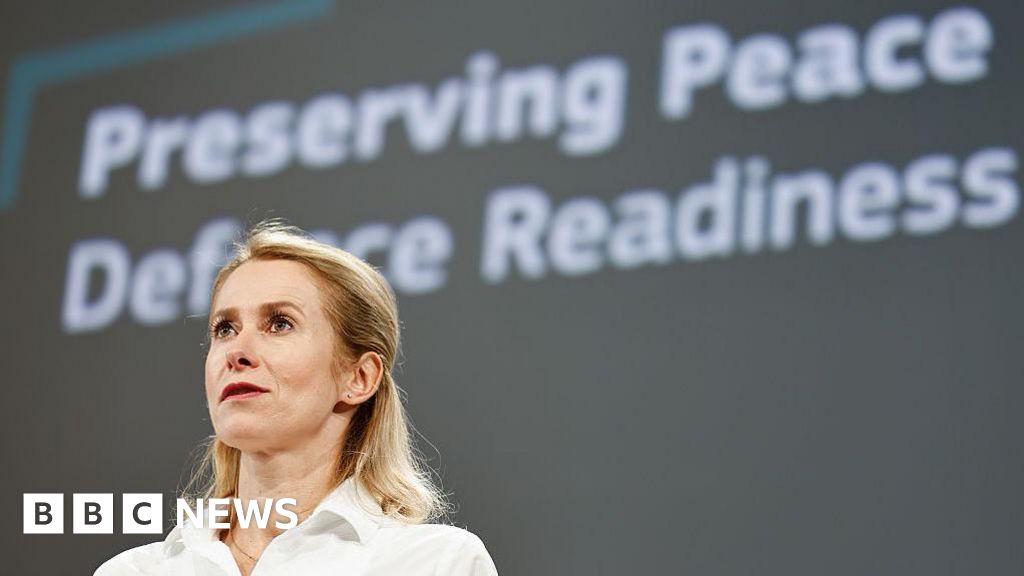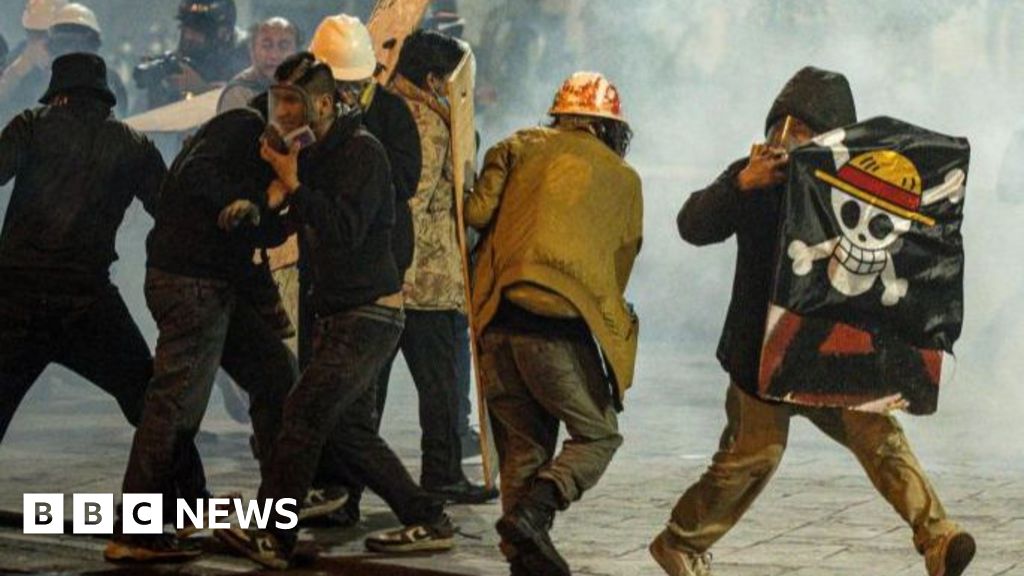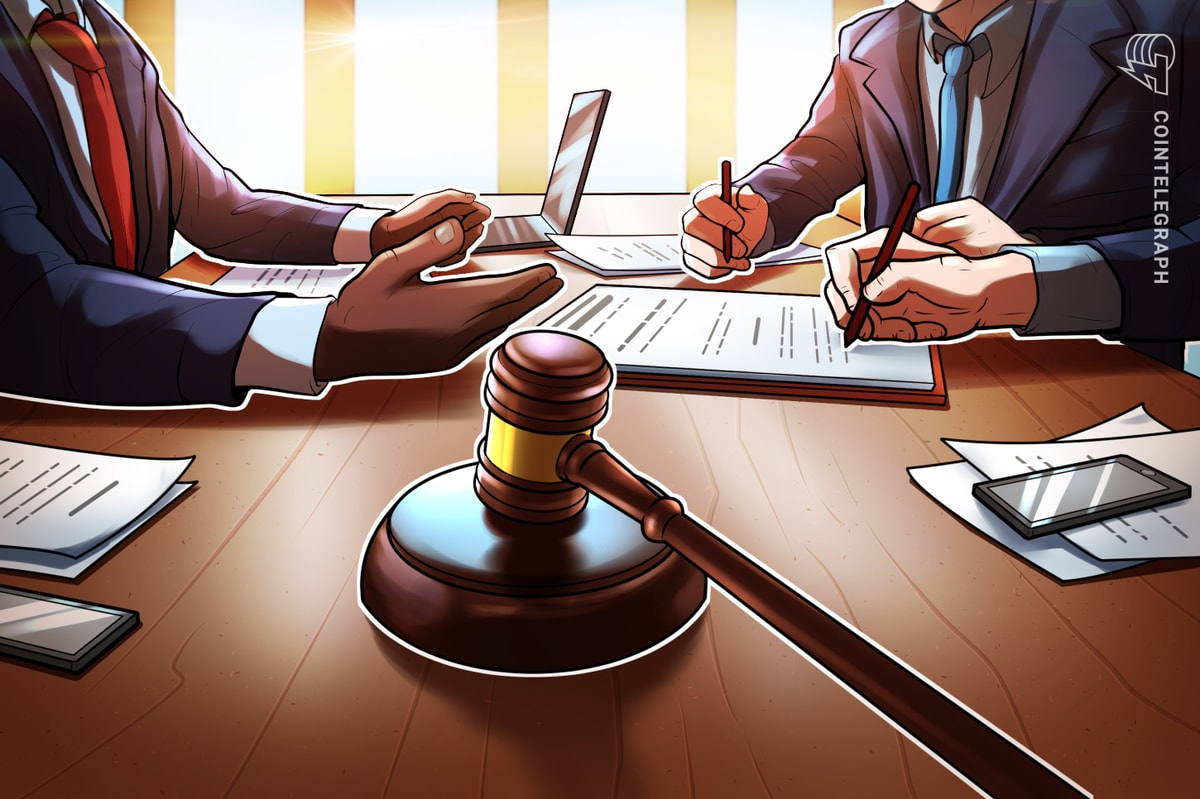Gaza City – The ceasefire between Israel and Hamas brought thousands of people back to their homes in Gaza City, to assess the damage, see what can be salvaged, and start to rebuild.
In Jabalia, Sheikh Radwan, Abu Iskandar and beyond, people returned to flattened neighbourhoods, and to the knowledge that, still among the rubble, some of the explosive robots that had caused it sat, silent and undetonated.
Recommended Stories
list of 3 items- list 1 of 3UN calls for Israel to open more Gaza crossings for surge in aid deliveries
- list 2 of 3Gaza medics find signs of torture on Palestinian bodies returned by Israel
- list 3 of 3Gaza’s ailing children ‘desperately waiting for help’ despite ceasefire
People aren’t sure where all the undetonated robots lurk, nor do they know what to do if they encounter one, adding to the anguish and uncertainty that clouds this homecoming.
Exploding robots
The “robots” had become a common fear in northern Gaza since the Israeli army first used them on Jabalia refugee camp in May 2024.
Their deployment hit an “unprecedented pace” leading up to the October ceasefire, the Euro-Med Human Rights Monitor noted in a report on September 1, adding that they were used to destroy “about 300 residential units daily in Gaza City and Jabalia”.
The robots are armoured carriers that Israeli soldiers would load with explosives, then drag into place using armoured bulldozers.
Once the soldiers had retreated, they would remotely detonate the booby-trapped vehicle, destroying everything around it.
Not much is known about the payload – or if it was ever consistent – Gaza City Civil Defence spokesman Mahmoud Basal told Al Jazeera.
However, their destructive capacity was apparent, Bassal said, describing the robots’ “kill radius” which he said extended as far as 500 metres (550 yards).
The damage to infrastructure, he added, was “staggering”.
 Palestinians continue returning north on the second day of the ceasefire in the Gaza Strip, with those arriving in Gaza City’s Sheikh Radwan neighbourhood finding widespread devastation after the Israeli army’s withdrawal, Gaza City, October 11 [Abdalrahman T. A. Abusalama/ Anadolu Agency]
Palestinians continue returning north on the second day of the ceasefire in the Gaza Strip, with those arriving in Gaza City’s Sheikh Radwan neighbourhood finding widespread devastation after the Israeli army’s withdrawal, Gaza City, October 11 [Abdalrahman T. A. Abusalama/ Anadolu Agency]‘Nothing remained’
Last November, Sharif Shadi realised he had not yet learned all the sounds of war. The sounds of air attacks, artillery, and rockets were etched into his memory from countless Israeli wars on Gaza since childhood.
But during Israel’s brutal ground assault on northern Gaza, the 22-year-old from Jabalia refugee camp heard a new, more horrifying sound.
It was the sound of the robots.
Shortly after, the devices explode, swallowing entire neighbourhoods.
“The explosive robot enters a complete residential block … and moments later, everything is reduced into bits of rubble,” Shadi explains of the Israeli military’s latest weapon.
On that November morning, Shadi was in the street, going about the daunting daily quest of securing essentials for himself and his family of eight other members, when he saw a robot being dragged towards his neighbourhood by a D10 bulldozer.
“They entered the block, and I started running away.
“I ran at least 100 metres (110 yards), and suddenly found myself under rubble, the explosion was that strong. Those who were closer, nothing remained of them – not even remains or body parts.”
Days later, he lost a friend.
“My friend was unwell and needed to go to Kamal Adwan Hospital. I accompanied him, and on the way, we saw a robot coming in. In a moment of sheer panic and chaos, my friend and I ran in different directions.
“The blast was immense and rocked the earth beneath my feet. When I went back to that same spot where I had last seen my friend … I found no trace of him. His body was completely vapourised.”
According to Euro-Med’s report, these devices’ indiscriminate, widespread destruction puts them “under the category of prohibited arms, and their use in populated areas constitutes both a war crime and a crime against humanity”.
Neither the Israeli military nor the government have publically acknowledged the use of these weapons, although some Israeli media outlets have reported on their use.
The Israeli military has not responded to a request for comment from Al Jazeera.
Toxic aftermath, respiratory crisis
The effect doesn’t end with the explosion, as Dr Mohammed Abu Afash, director of the Palestinian Medical Relief Society in Gaza, explains.
The “explosive robots” leave behind toxic vapours and gases, he says, “a powerful foul smell” that lingers and causes people serious respiratory problems.
“Repeated cases of suffocation and breathing difficulties have appeared, and citizens continue to suffer from these symptoms due to inhaling toxic gases believed to contain lead and dangerous chemicals,” he adds.
Um Ahmed al-Dreimli, who lives in Sabra in Gaza City, described the smell as “a mixture of gunpowder and burned metal that clung to our lungs, making our breathing difficult long after the explosion”.
The 50-year-old mother of three – her eldest is 10-year-old Ahmed – was with her family in her damaged childhood home when she heard neighbours’ screams from the street, alerting her to the danger.
The explosions came shortly after, with Israel giving no warning or time to flee.
The sound of the explosion was different, Um Ahmed said.
It had a heavy metallic rumble, not like “the sounds of hovering jets or drones, nor the screech of approaching missiles, which we’ve gotten used to … and it felt as if the ground was being pulled from under our feet”, she recalls.
 A drone view shows Palestinian houses and buildings lying in ruins, following a ceasefire between Israel and Hamas, in Rafah in the southern Gaza Strip, January 22, 2025 [Mohammed Salem/Reuters]
A drone view shows Palestinian houses and buildings lying in ruins, following a ceasefire between Israel and Hamas, in Rafah in the southern Gaza Strip, January 22, 2025 [Mohammed Salem/Reuters]A prelude to invasion
Mohammed Abu Tamous from the Civil Defence and Ambulance media department has seen explosive robots multiple times during fieldwork.
“When planning to invade a specific area, the army uses these robots to level buildings and erase landmarks in preparation for advancing vehicles,” he adds.
He says they have been used across northern Gaza, including Jabalia camp, Beit Hanoon, Tal az-Zaatar, Beit Lahiya, Tuffah neighbourhood, Shujayea, Zeitoun, Sabra, Sheikh Radwan, Abu Iskandar, and Jabalia downtown.
There is no whistle of an incoming rocket or air raid siren – just the explosion, followed by huge plumes of white smoke.
“Air strikes on an apartment or building might affect two or three neighbouring houses, but the robot destroys a complete row of 10 adjacent houses,” Abu Tamous says.
He added that Israeli soldiers use these explosive robots in crowded residential areas that they have surrounded and cut off, so they can prevent ambulance and civil defence teams from entering to help people.
Even when rescue teams are allowed in, often the damage is so severe that they can no longer figure out landmarks or where streets begin or end.
During the January ceasefire, he added, the team found an unexploded robot in Tal el-Zaatar and was able to examine its contents.
“There was a yellow, paste-like substance in a container that we couldn’t identify, but it has stood out from all the explosives we’ve seen,” he says.
Now that people are returning to Gaza City, Abu Tamous is worried because he has seen unexploded robots, and he and his team can do very little about them.
“All we can do is tape off a perimeter and warn people not to approach, but there’s nothing else in our hands,” he said. “We do tell the specialised bomb disposal unit, but they would need more equipment to be brought into Gaza to deal with this.”
This piece was published in collaboration with Egab.

 2 hours ago
1
2 hours ago
1
.jpeg)
































 English (US) ·
English (US) ·